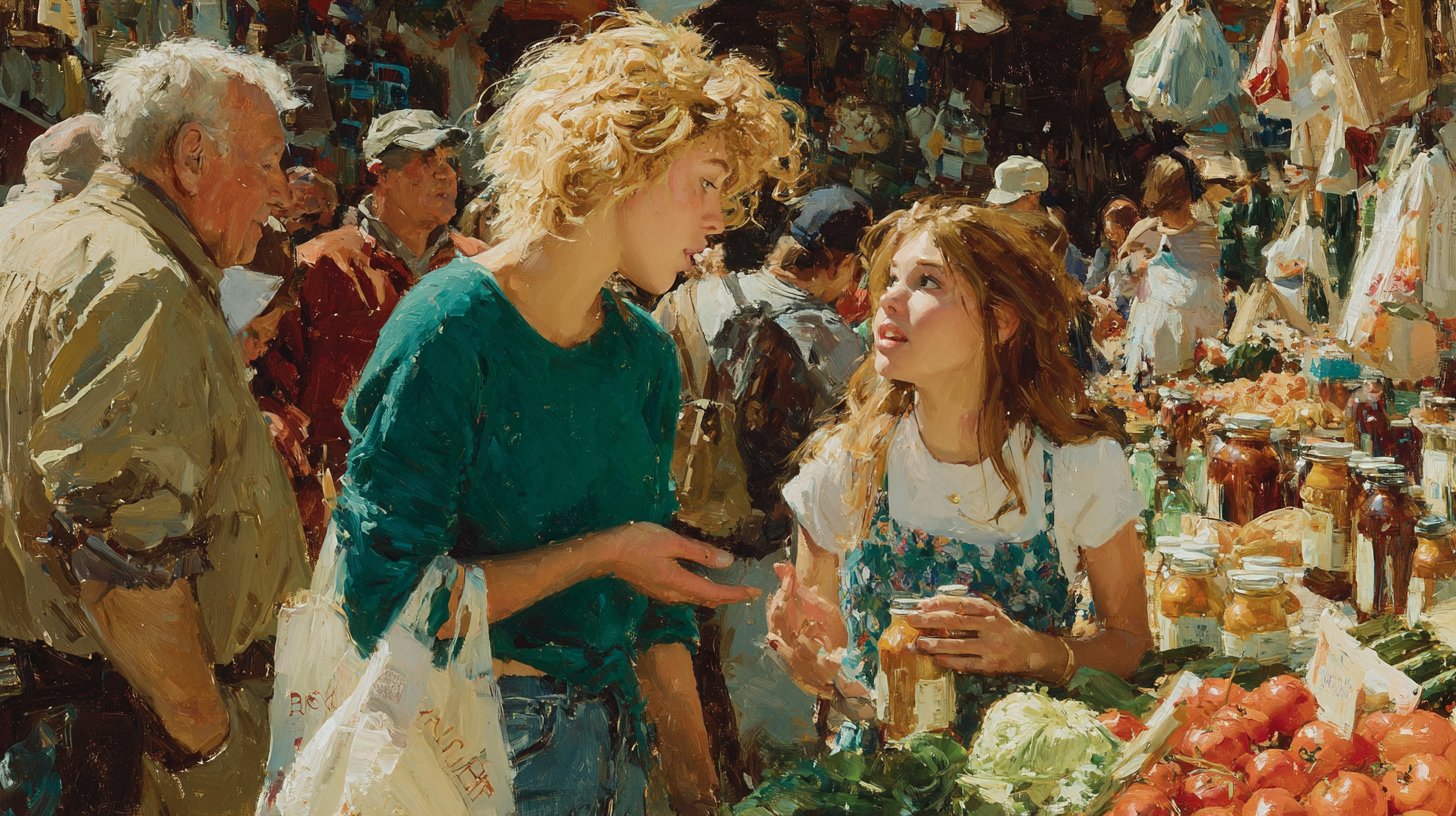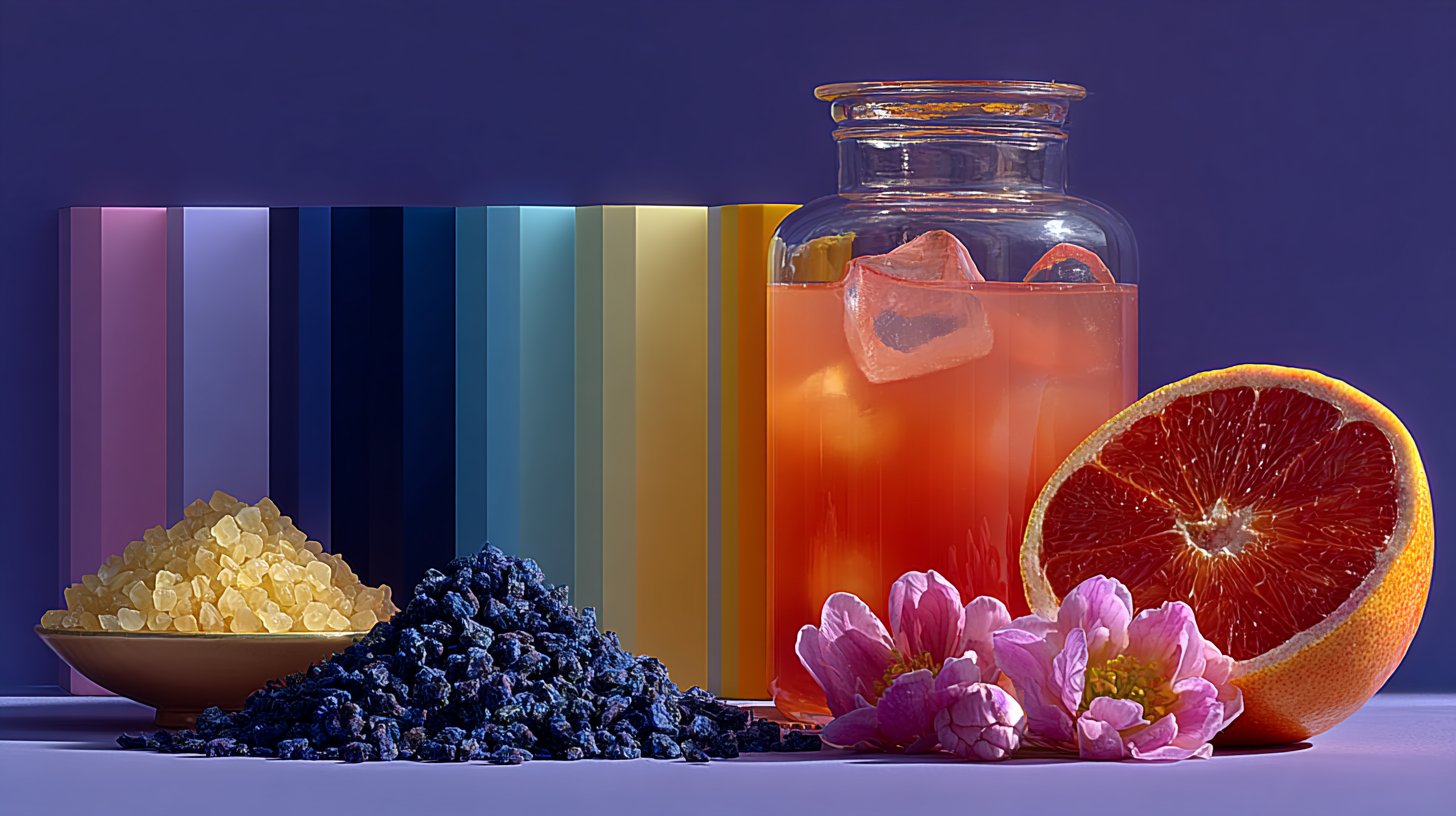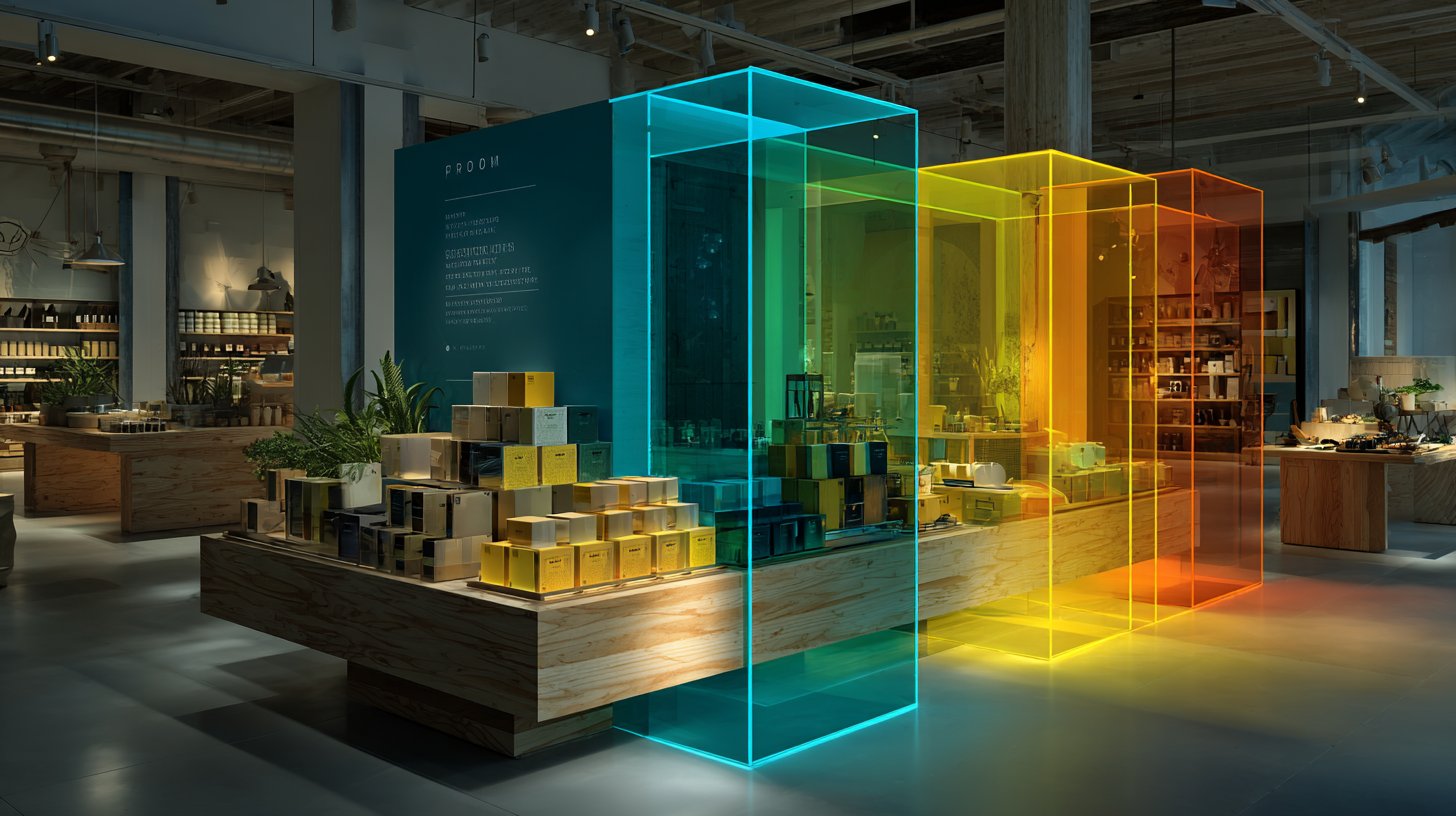The magic of colors in consumer behavior

Colors, psychology, purchasing behavior. Have you ever wondered why you are drawn to certain colors in certain products? The psychology of color choice plays a crucial role in our purchasing decisions. From packaging to marketing – colors have the power to influence our emotions and even control our actions.
Understanding colors and the associated psychology is important not only for marketers but also for you if you want to question your purchasing behavior. Whether you are standing in a supermarket or shopping online, the colors that surround you can unconsciously influence your decisions. They can evoke emotions, emphasize certain qualities, and create an atmosphere that makes the difference between buying and not buying.
The significance of colors
Colors are not only aesthetic; they also carry deeper meanings. Red often represents energy and passion, while blue conveys trust and calmness. Have you ever noticed that many food packages use shades of red and yellow? This is because these colors can stimulate appetite. So the next time you are attracted to a brightly colored red snack while shopping, you should know that it’s not just the taste that draws you in. Marketers use such color psychologies to manipulate the perception of your desire.

Moreover, different colors can have cultural variations. In some cultures, white represents purity, while in others it symbolizes mourning. This has significant implications for how colors are used in advertising and branding. You should be aware of how colors are interpreted in your cultural context, especially when selecting or promoting products.
Color psychology in marketing
In marketing, the use of colors is a strategic tool. Companies spend a lot of time and money finding the right color palette for their brand. Have you ever seen a logo and immediately associated a specific emotion with it? That’s no coincidence. For example, banks often use blue in their logos to convey trust and stability. If you are also operating in markets where you want to build a brand, it’s important to understand color psychology and ensure that your color choice aligns with your brand's message.

Another interesting point is how colors are used in sales environments. Have you ever noticed that sales rooms are often painted in warm colors to appear inviting? Or that products in a certain color are particularly highlighted? This not only helps customers perceive the products but also connect with them emotionally through colors. You might want to critically view your own shopping places and observe how colors influence your decisions.
Your own color choice
It’s not only important for brands to make the right color choice. Your personal color preference can also indicate your emotions and personality. If you predominantly wear blue from your wardrobe, you probably feel safe and calm. In contrast, red can indicate bold and passionate energy. Be aware of the colors you choose in your daily life and what they mean to you. This can help you better understand your mood and self-confidence.

Also consider how you can use colors in your life to influence your emotions. If you want to achieve a change in your mood, you could consider color therapies or simply try to integrate colors into your living space that make you happy or motivate you.
In summary, the psychology of colors plays an exciting role in our purchasing behavior. From the significance of colors to marketing strategies and your personal color choice – understanding colors can not only influence your shopping decisions but also your overall well-being. Use this knowledge to shop more consciously and purposefully and bring more joy to your everyday life.


